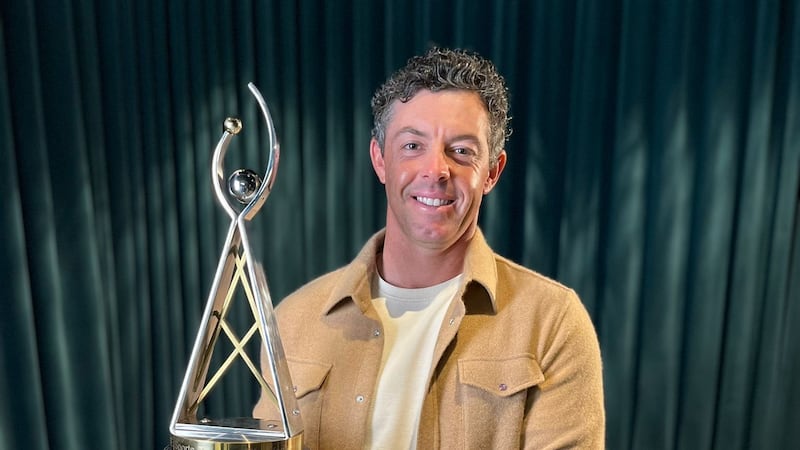Jason Day made the birdie putt on the 18th green that gave him a tie for the lead at the 115th United States Open, but Day knew that rolling the ball into the hole was not going to be the hardest part.
Bending over to get the ball out of the hole was a bigger challenge.
Day, whose vertigo was so severe a day earlier that he collapsed on his final hole, slowly and gingerly stooped to retrieve his ball.
Inspired by Day’s gutsy round of 68, the packed grandstand crowd at the 18th hole on Saturday rose to its feet for an ovation.
Day, who had spent the round blinking, rubbing his eyes and avoiding sudden movements with his head, could offer only a faint wave. He removed his cap but used it to wipe his brow before he warily walked off the green.
During a roller-coaster day on the zany Chambers Bay Golf Course, a host of fast-striding, bright-eyed contenders for the championship stalked the third-round lead. But in the end, it was Day, with a sluggish gait and a weary countenance, who rose up the leaderboard and stirred the galleries.
The third round concluded with Day, Jordan Spieth, Dustin Johnson and Branden Grace tied at four under par for the tournament. Day will be scheduled to play in the final group of Sunday's fourth round with Johnson, who, like Day, is seeking his first Major championship.
“I felt pretty groggy on the front nine just from the drugs that I had in my system, then kind of flushed that out on the back nine,” Day said after his round. “But then it kind of came back – the vertigo came back a little bit on the 13th tee box. I felt nauseous all day, and I started shaking on the 16th tee box.
“I just wanted to get it in. The goal was just to go through today and see how it goes.”
Day, who began the day three strokes behind the second-round leaders Spieth and Patrick Reed, was two over par for his first nine holes. He seemed on his way to being an afterthought in the tournament – a golfer with an illness that was limiting his effectiveness.
Colin Swatton, his caddie, later indicated that Day had almost walked off the course a few times because he felt so poor. Instead, Day decided to press on.
On the back nine, Day had two birdies in his first three holes (he also had a bogey). But even as he appeared to be in an unsteady haze, and as the pace of his play began to slow more and more on the closing holes, Day started to play his best golf of the afternoon.
He birdied the tricky par-3 15th hole, then made par on the 16th despite an unlucky bounce. He rolled in a 12-foot birdie putt on the 17th to move to three under.
For his third shot on the par-5 18th hole, he ripped a 9-iron from 155 yards that stopped six feet from the hole. Day wobbled slightly on his way to the final green, rubbing his eyes repeatedly.
But his birdie putt was straight and easily found the centre of the hole, which capped a remarkable late rally.
On Friday, Day lay on the grass near the ninth green, his final hole of the second round, for several minutes after crumpling to the turf. Severe dizzy spells have plagued him for nearly a year, a condition that doctors later on Friday called positional vertigo.
If he can remain relatively unaffected by his vertigo, Day could be a formidable contender in the final round. He was second in the United States Open in 2011. He tied for second in 2013 and was tied for fourth last year.
NYT Services














